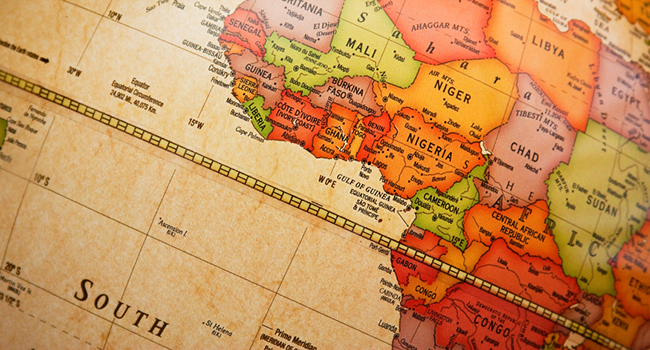A week ago, McKinsey released a 124-page report on the Nigerian economy titled “Nigeria’s renewal:
Delivering inclusive growth in Africa’s largest economy”. A lot of the conclusions therein are what you might call the dividends of rebasing — a fresh look at Nigeria’s indicators through a $500 billion prism suggests that Nigeria could become a top 20 global economy by 2030.
Some of the reports far reaching conclusions are not what what you would expect. For instance, the report posits that from an investment perspective, Lagos is not the only game in Nigeria, and other cities like Ibadan, Abuja, Port Harcourt and Kano are worth a look. It also seems that the Nigerian economy is far more diversified than what we have been led to expect, with oil revenues dropping and the service sector on the rise. Economists will tell you this is a good thing.
As the title suggests however, the aim of the report is to suggest ways by which the dividends of Nigeria’s rise will trickle down to the masses. Without inclusive growth, 28 percent of Nigeria’s wealth would remain concentrated in the hands of 5 percent, and would be a gnawing source of economic and political instability.
Naturally, we are mostly interested in the stuff that have to do with tech. Even though the word “technology” appears a whopping ten times in all 124 pages (to be fair the “tech” suffix got 40 hits), sections of the report were dedicated to the economic impact of technology and innovation as well as internet.
Here are some things I noticed. And I wouldn’t call these insights per se. Just random stuff that stuck out to me when I attempted to speed-read the report
1. The contribution of the telecoms and ICT sector to Nigeria’s gross domestic product (GDP) is estimated to be just over 10 percent percent.
2. However the internet’s impact on the economy, as a subset of telecoms and ICT and what is now being referred to as iGDP is a mere 0.8 percent and is much lower than in other developing countries. The number for Senegal is four times that.
3. South Africa has four times as many base stations as Nigeria, despite having less than a third of its population. The telecoms sector in Nigeria is Africa’s largest, but QoS remains an issue as the amount of demand is straining the ability of current infrastructure to deliver.
4. I’m certain there was some place in the report that said something about Nigerians being more concerned with the quality of internet than its cost, but I can’t seem to find it anymore. Heh. Cost is still a barrier to adoption, nonetheless.
5. 49 percent of registered businesses in Nigeria have a website. 51 percent do not. “Few traditional businesses in Nigeria have taken full advantage of digital technology to improve operations and reach out to customers and suppliers in new ways”. And these do not include unregulated businesses, obviously, the monstrously large informal sector that includes not just marketwomen, but those people that sell you stuff on BBM.
In the end though, the report is bullish on the longterm impact of technology on the country’s economic bottomline.
“With a large population of urban, tech-savvy young people, however, Nigeria is likely to see accelerated growth of its digital economy. Nigeria already has a crop of successful digital startups, such as Konga and Jumia in online retail, Paga in mobile payments, and Jobberman, an online job market. These companies are also innovating to deal with the challenges of last-mile delivery and payments. Local venture capital networks and angel investors, such as the Co-Creation Hub, SPARK, and the Wennovation Hub, serve as incubators for young companies and
funnel international venture funding into Nigeria’s digital startups. In addition, the Nigerian government has made significant investment in digitisation through such initiatives as the Government Integrated Financial Management System and the Nigerian National Broadband Plan”.
Halfway through the e-tome, I suspect I might have might lost my will to go on. There’s probably more in there that I didn’t catch. So here it is, the report. all 124 pages of it. Enjoy.











